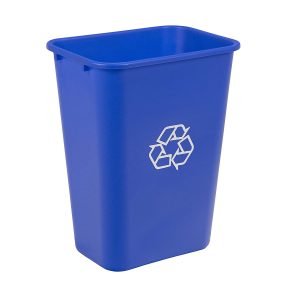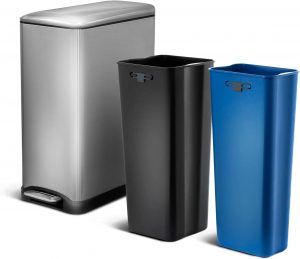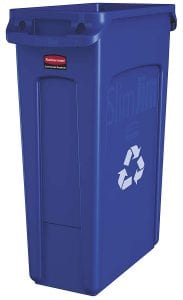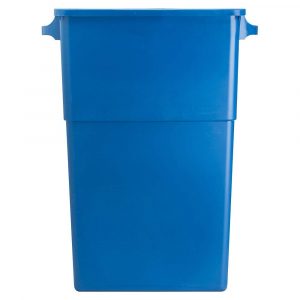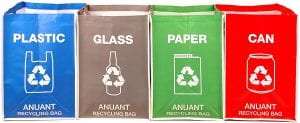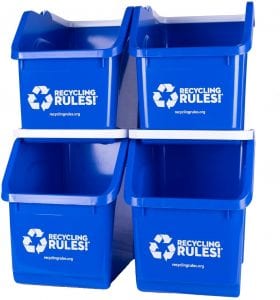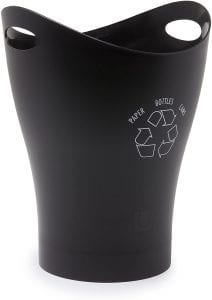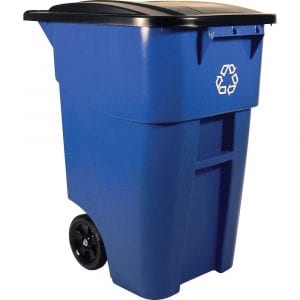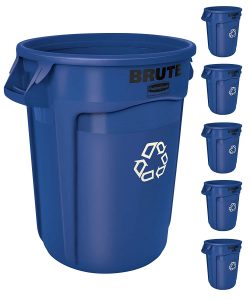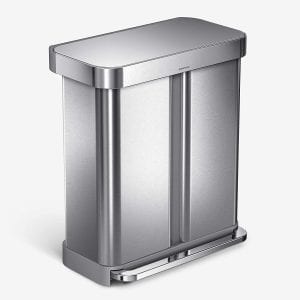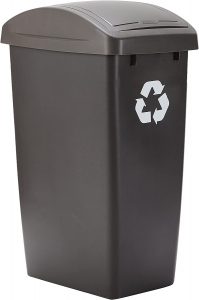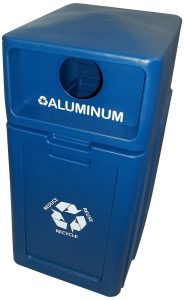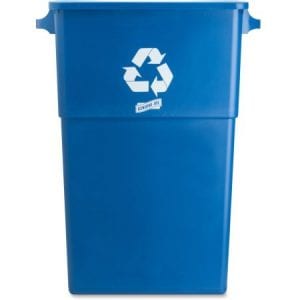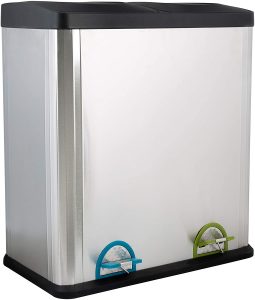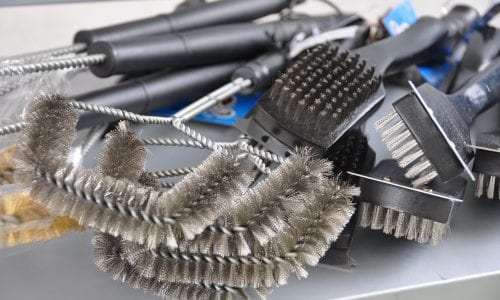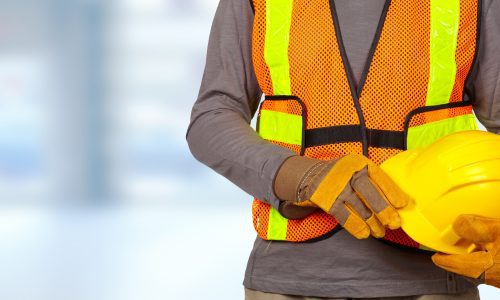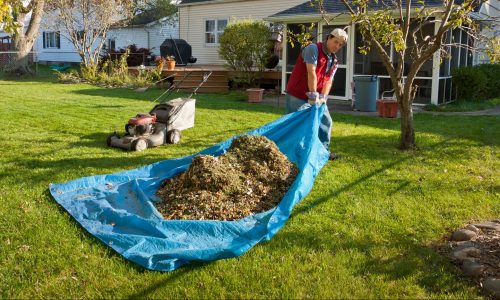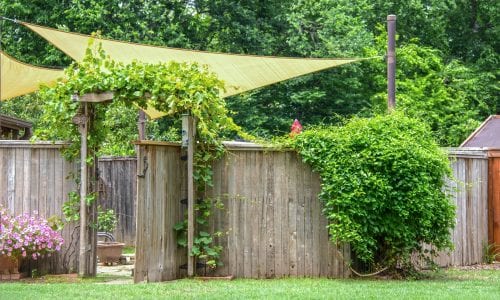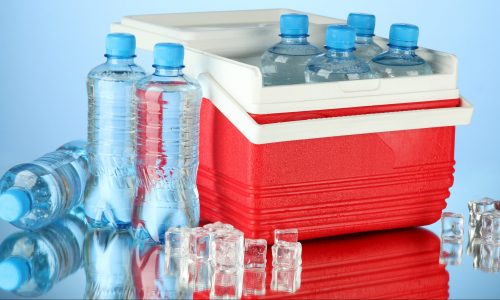The Best Recycling Bin
We looked at the top 14 Recycling Bins and dug through the reviews from 47 of the most popular review sites including and more. The result is a ranking of the best Recycling Bins.
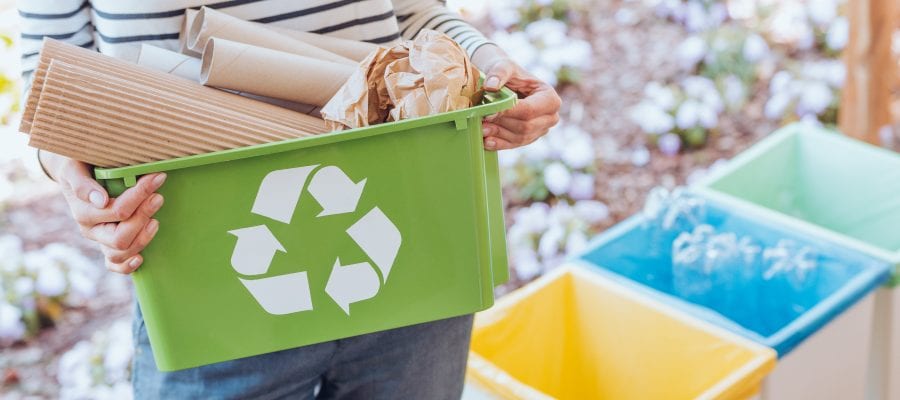
Our Review Process
Don't Waste Your Money is focused on helping you make the best purchasing decision. Our team of experts spends hundreds of hours analyzing, testing, and researching products so you don't have to. Learn more.
Our Picks For The Top Recycling Bins
- 1. AmazonCommercial Lightweight Recycling Bin, 10-Gallon
- 2. Home Zone Living Slim Recycling Bin, 13-Gallon
- 3. Rubbermaid FG354007 Ergonomic Handles Recycling Bin, 23-Gallon
- 4. Genuine Joe GJO57258 Easy Clean Recycling Bin, 28-Gallon
- 5. ANUANT Eco-Friendly Recycling Bins, 4-Piece
- 6. Recycling Rules Plastic Recycling Bins, 4-Piece
- 7. Umbra Garbino Labelled Recycling Bin, 9-Liter
- 8. Rubbermaid FG9W2773 BRUTE Rolling Outdoor Recycling Bin, 50-Gallon
- 9. Rubbermaid FG263273 BRUTE Professional Recycling Bin, 32-Gallon
- 10. simplehuman Multi-Compartment Recycling Bin, 15.3-Gallon
- 11. Rubbermaid Logo Swinging Lid Recycling Bin, 12.5-Gallon
- 12. Forte Products 8002405 Hard Liner Commercial Recycling Bin, 42-Gallon
- 13. Genuine Joe Classic Recycling Bin, 23-Gallon
- 14. Organize It All Step-On Stainless Steel Recycling Can, 16-Gallon
Perfect for home or office use, this recycling bin is lightweight and easy to maneuver. It holds 10 gallons of recyclable materials and is constructed from a solid plastic that rinses clean with a garden hose. You can order the can in either traditional blue, gray or black.
Affordable PickWhen shopping on a budget, you'll find this reliable recycling bin is one of the most affordable options.
With this recycling bin, you'll get one compartment for tossing your regular household trash and a second for collecting your recyclables. Each bin is set up to tightly secure a trash can liner, so you can easily take the trash out on trash day. Another bonus is the self-closing lid, which is designed to shut soft and slow.
One Stop ShopThanks to the built-in metal pedal, you never have to touch the lid of this recycling bin.
If you have limited space in your home, you'll find this slim recycling bin fits neatly next to the fridge. It's made using a durable commercial-grade material and comes in 10 different colors. Users will appreciate the ergonomic handles and included venting channels, which make removing the liners a breeze.
Clever DesignThis recycling bin is tall and slim and designed to fit in tight spaces.
This recycling bin is made using the traditional blue and features the famous recycling logo on the front. It's made from a heavy-duty plastic and has a 28-gallon capacity. Although this unit doesn't come with a lid, it does have two side handles for easily carrying the bit outside on trash day.
Versatile OptionWith a 28-gallon capacity, you won't have to empty this recycling bin very often.
Buying Guide
It’s important that everyone does their part to protect the environment. One easy way to do this is to recycle glass, plastic, metal and paper using recycling bins. Some counties provide outdoor recycling bins, while others do not. Of course, you’ll still need indoor bins to keep the recyclables organized.
Find out whether your township requires you to separate plastic and paper products. If they don’t, you’ll only need one dedicated bin for your kitchen. If they do, look for a model like that has four compartments within one bin.
When it comes to outdoor recycling containers, you want a bin that is quality made and able to withstand all types of weather. Look for a model that is also constructed with a UV inhibitor that protects the container from fading or becoming cracked from constant sun exposure.
Should the outdoor recycling bin require a liner, check for integrated cinches that help hold the liner place. This feature will also make it easier to remove the liner when you’re ready to replace it with a new one.
Recycling bins that have a lid are ideal, as they keep critters from getting into your trash. Some models have a locking mechanism to keep the lids in place. Others have a feature that keeps the lid propped open while filling or emptying it.
Look for an outdoor recycling container with wheels if you have a long driveway and dragging the bin to the curb is unrealistic. It’s best if the wheels are durable and outfitted with performance treads that work well on multiple surfaces.
Another option is to go with recycling containers that can be stacked on top of each other. Some of these bins can also be used indoors to store toys or in a garage to hold tools.
While recycling containers are available in a wide range of colors, such as yellow, green, blue, gray and white, you’ll want to make sure they are outfitted with the universal symbol for recycling before you buy them. This is the only way the trash men will be able to distinguish your recycling cans from your regular trash cans.
Why we recommend these recycling bins?
Products Considered
Products Analyzed
Expert Reviews Included
User Opinions Analyzed
Our experts reviewed the top 14 Recycling Bins and also dug through the reviews from 47 of the most popular review sites including and more. The result is a ranking of the best of the best Recycling Bins.
DWYM is your trusted roduct review source. Our team reviews thousands of product reviews from the trusted top experts and combines them into one easy-to-understand score. Learn more.
What to Look For
- Since your recycling bins hold trash, they will become dirty and smelly over time. Use a garden hose to give the recycling cans an initial rinse. Next, fill the bin a quarter of the way up with warm water and a squirt of dish soap. Add a cup of distilled white vinegar to help clean and deodorize the bin and then scrub the inside and outside of the bin. Rinse clean and allow to air dry.
- It’s always best to rinse cans and bottles out before tossing them in your outdoor recycling bin. This helps deter outdoor pests, like raccoons and possums from getting into your trash.
- Take a few extra seconds to flatten any cardboard and food boxes before placing them in your recycling bin. You’ll be able to fit much more in that way, which means you won’t need as many bins.
- Check to see if you live in one of the 10 states that pay for recycled cans. If you do, you may want to set these items aside and take them directly to the recycling center. Every penny adds up.
- Believe it or not, not all plastics are recyclable. Your city’s website should list which plastics it accepts. If you can’t find a list, take a look at the plastic’s number. Most centers tend to shy away from numbers 3, 6 and 7. If you have a number 1 (soft), 4 or 5, call the city and ask whether they accept those plastics in their recycling program, as some cities take these, while others don’t.
- When comparing recycling bin prices, you’ll need to take into consideration extra features and whether the can is meant for indoors or outdoors. Models made from a soft material are the most affordable. In the middle, you’ll find the Rubbermaid Slim Jim Plastic Recycling Bin and the Genuine Joe Rectangular Recycling Bin, as these have a more solid construction. On the higher end are the bins that are also stackable.
More to Explore
Recycling has been around since the beginning of time in some sense. Without the invention of machines that were capable of mass-producing products, humans were forced to be resourceful with the items they had. A cracked bowl could be used as a planter and a flat tire could be turned into a swing for children.
After the industrial age, people began tossing used items instead of finding new uses for them. This created environmental issues, and in the ’60s and ’70s, Americans began to become more aware of the importance of conservation. To spread awareness, the first Earth Day was created in April 1970.
In the same year, the Container Corporation of America decided to sponsor a contest. Artists from all over submitted their designs to be used as the company’s symbol for recycled products. The winner was Gary Dean Anderson, who created the three arrow symbol that is now universally recognized as the symbol for recycling.
Today, recycling is common practice throughout the United States. Most counties have their own recycling laws and pick-up schedules. Some counties require bottles and paper to be placed in separate bins, while other counties allow them to be collected in one common bin.

